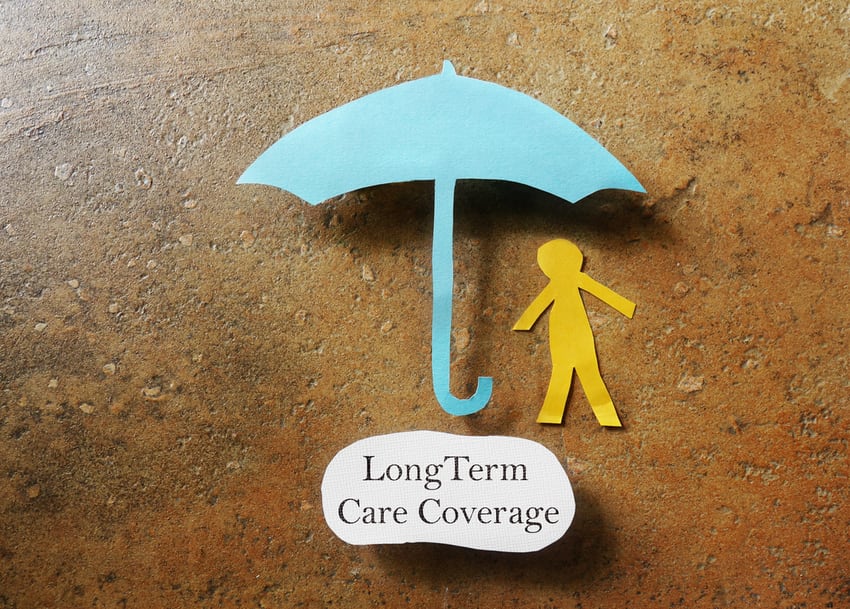Blog
Long-Term Care Insurance: FAQs About What Determines Cost

Thinking about aging and the need for assistance with daily activities can be challenging. However, there’s a 70% chance that after age 65, you may need long-term care (LTC) services, which can involve significant long-term care insurance costs. About 35% of people will require care in a nursing home. Despite this, only 7.2 million out of 52 million Americans have long-term care insurance.
What is Long-Term Care Insurance?
LTC insurance covers you when you can’t independently perform two of the following six activities, known as Activities of Daily Living (ADLs):
- Showering/Bathing
- Dressing
- Personal Hygiene
- Eating
- Using the Bathroom
- Mobility (getting out of bed or a chair, walking around)
You can use your LTC policy once the insurance company approves your claim and future care plan. Typically, there’s an “elimination period” of 30, 60, or 90 days, during which you’ll pay out-of-pocket before the policy starts covering costs.
Frequently Asked Questions
When Should I Start Looking for an LTC Policy?
AARP suggests starting in your early 50s or 60s. Early planning can help you address long-term care insurance costs and avoid higher premiums or stricter rules in the future.
What Determines LTC Premiums?
Premiums depend on age, the elimination period, the daily benefit amount, and inflation protection. Policies for women often cost less than those for men.
How Do I Know if an LTC Policy is Fairly Priced?
Ask the insurance representative how many companies they represent. Representatives with access to multiple providers can offer a broader range of costs and options. A general rule is that your LTC premium should be 5% or less of your monthly income. Look for “tax-qualified” policies, which may offer tax deductions on your federal taxes.
Can I Reduce the Cost of LTC?
You can lower costs by choosing a shorter benefit period (three to five years), sharing a policy, and reducing daily benefits. However, please don’t skimp on inflation protection, as it could significantly impact your premiums and future coverage.
Is LTC Insurance Necessary for Everyone?
Not everyone needs LTC insurance. Typically, those with limited funds or significant financial assets may forgo it. Those in the middle-income range often consider it, along with other strategies, to cover potential gaps in care.
Whether you purchase a long-term care policy or not, planning for a healthier, more comfortable future is always wise.